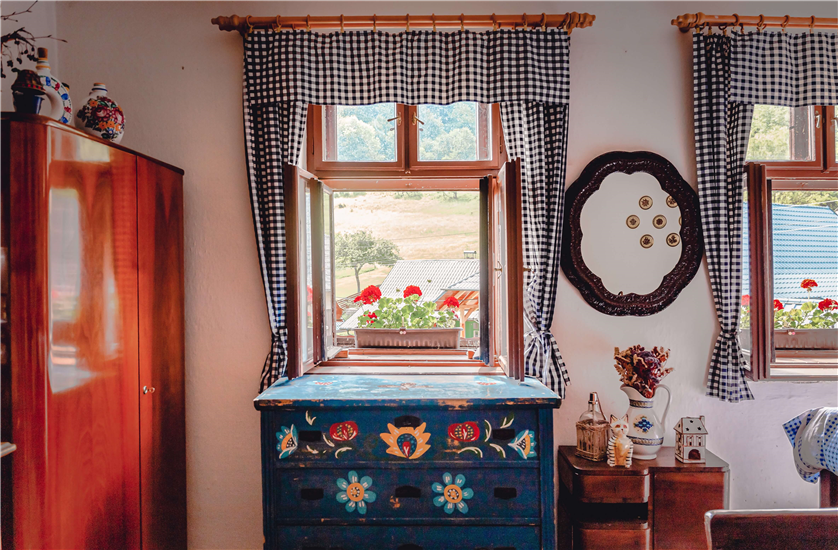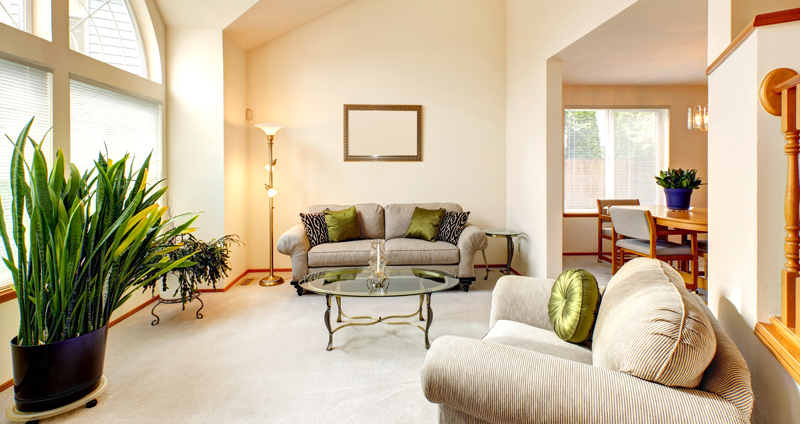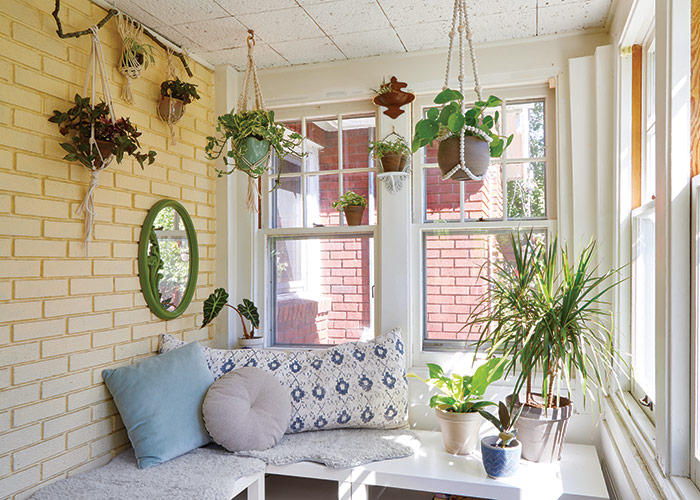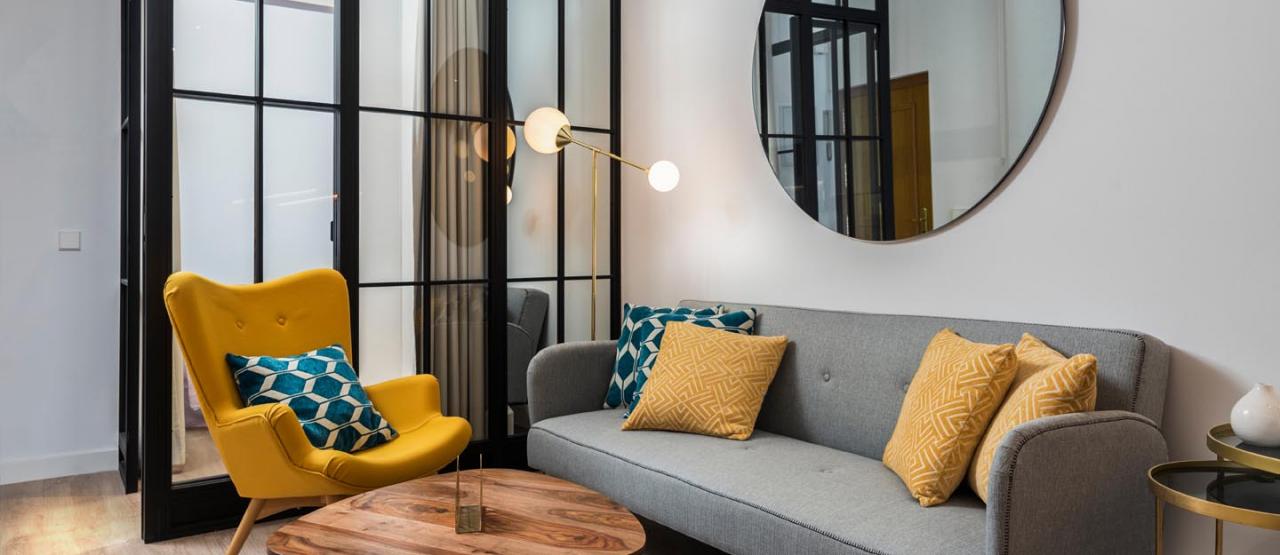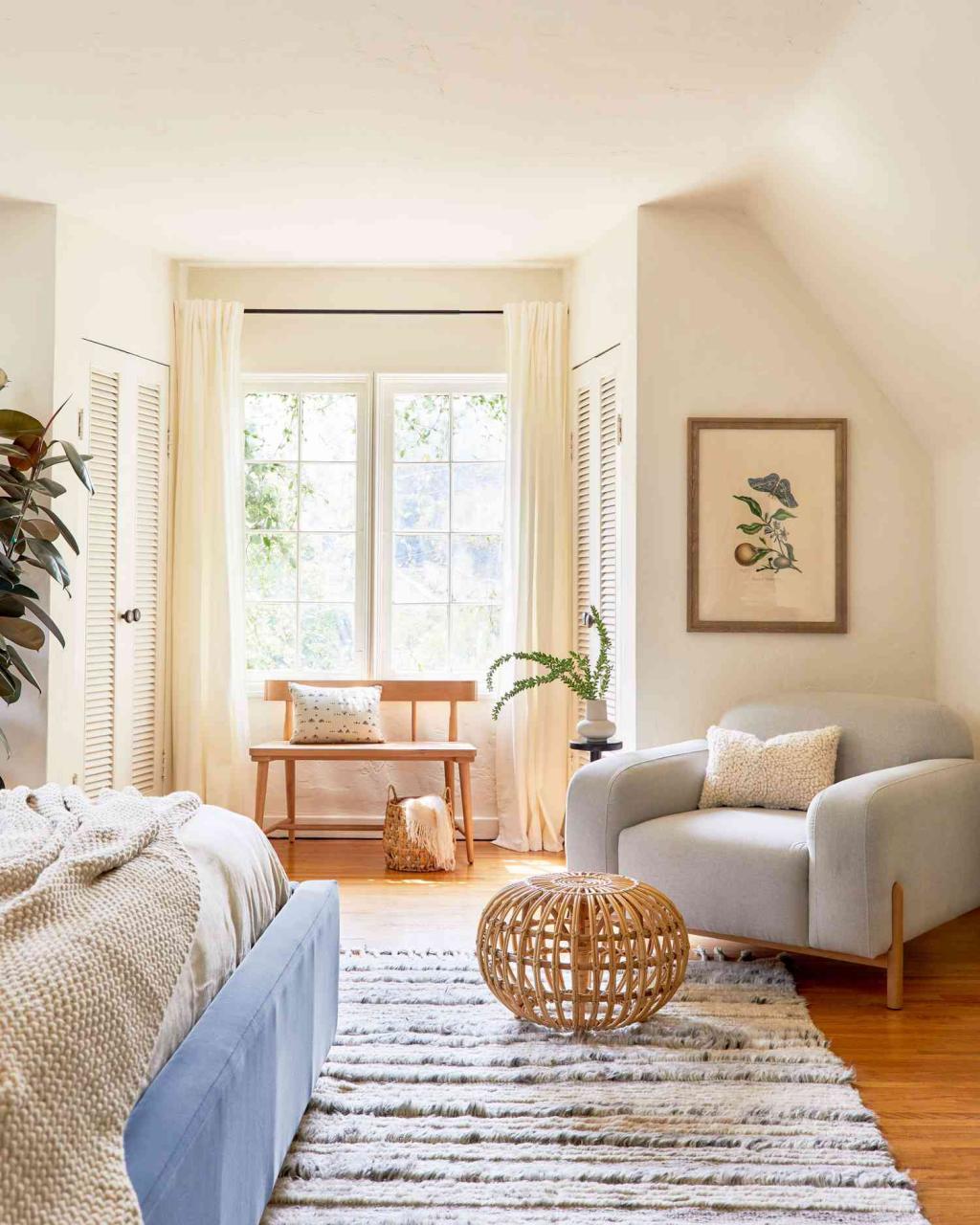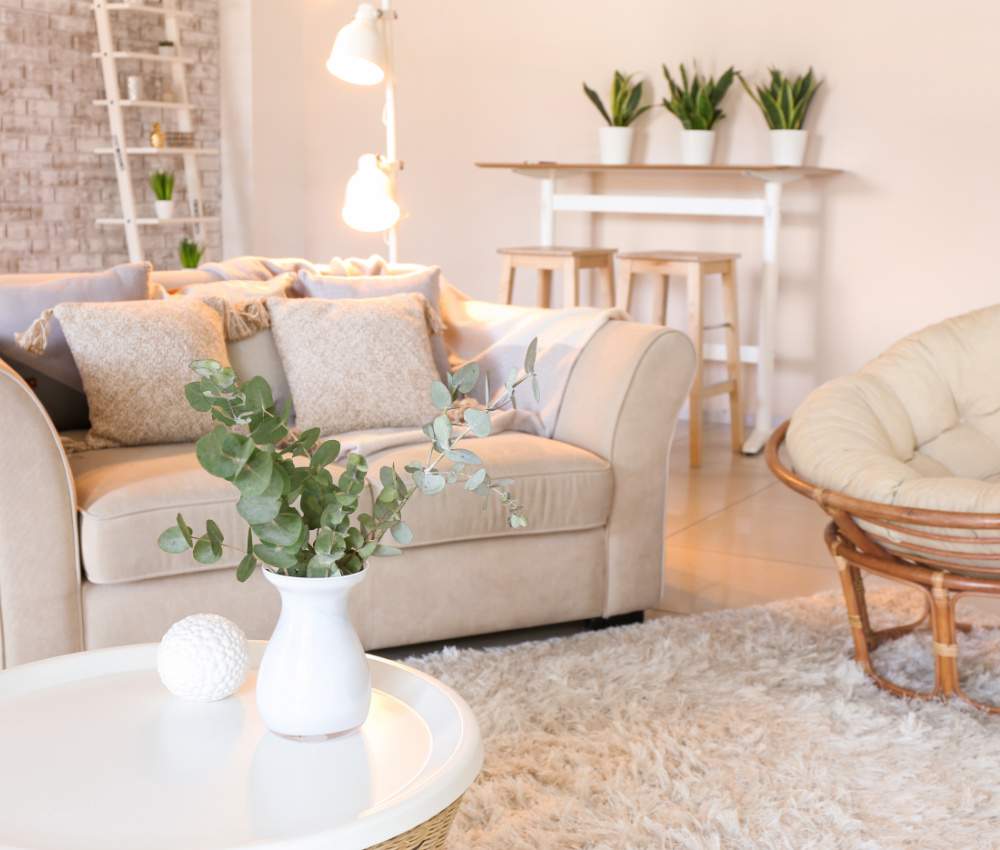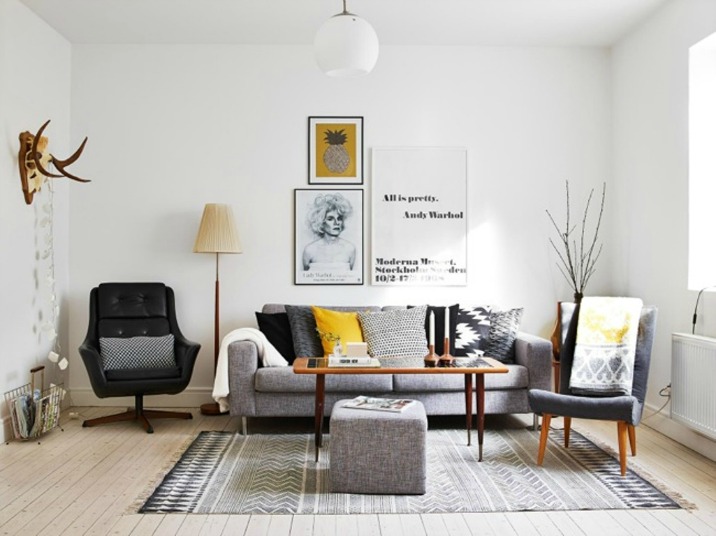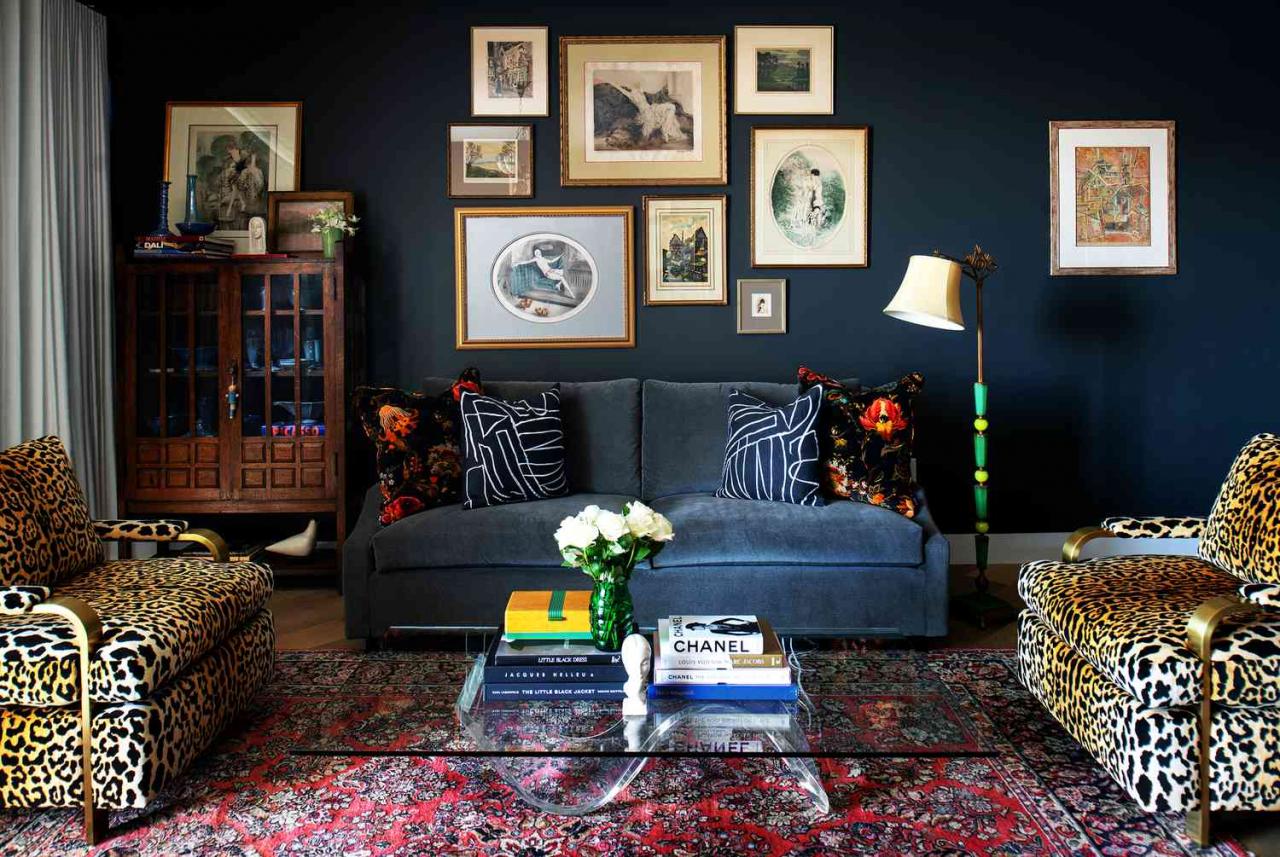When it comes to decorating a room, curtains play a crucial role in setting the tone and ambiance. They not only provide privacy and block out light, but also add a touch of style and sophistication to any space. Choosing the perfect curtains for each room can be a daunting task, but with a little guidance, you can transform your living spaces into beautiful sanctuaries that reflect your personal taste and aesthetic. Let’s delve into the world of curtains and discover how to select the ideal window treatments for every room in your home.
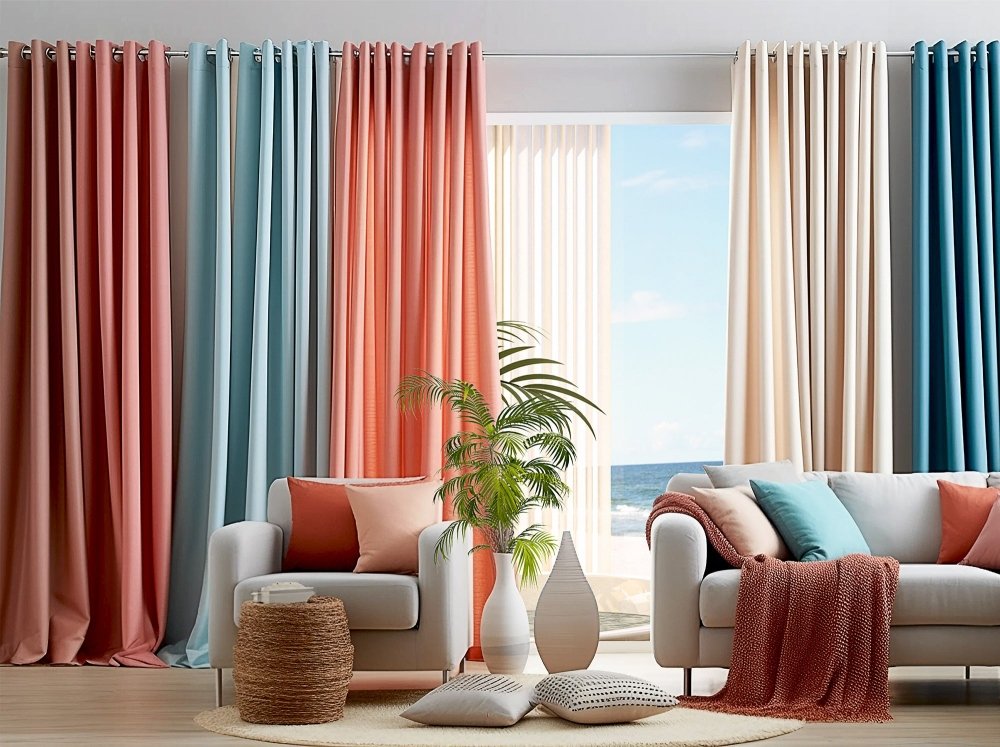
When it comes to choosing the perfect curtains for every room in your home, there are a variety of heading options to consider. The right heading can enhance the overall look and feel of the room, tie together the design elements, and create a welcoming atmosphere for both residents and guests.
One popular option for headings is a bold and vibrant color that complements the room’s color scheme. This can add a pop of color and personality to the space. Another option is to go with a neutral heading, such as a soft gray or beige, which can create a calming and relaxing environment.
If you’re looking to add a touch of elegance to a room, consider a heading with intricate patterns or embroidery. This can add a sense of luxury and sophistication to the space. Alternatively, you could opt for a heading with unique textures, such as silk or velvet, to create a cozy and inviting atmosphere.
Selecting the Right Fabric: A Guide to Finding Curtains That Match Your Room’s Aesthetic
When it comes to selecting the right fabric for your curtains, it’s essential to consider the overall aesthetic of the room. The fabric you choose can have a significant impact on the look and feel of the space, so it’s crucial to choose wisely. Here are some tips to help you find the perfect curtains that match your room’s aesthetic:
- Consider the color scheme: Take into account the existing color palette of the room when choosing curtain fabric. Whether you want your curtains to blend in or make a bold statement, selecting the right color can tie the room together.
- Think about the texture: The texture of the fabric can add depth and interest to the room. Consider whether you want your curtains to have a smooth, sleek look or a more textured, cozy feel.
- Match the style: Make sure the fabric you choose complements the overall style of the room. Whether you have a modern, minimalist space or a traditional, cozy room, finding curtains that match the aesthetic is key.
| Fabric Type | Best Room Match |
|---|---|
| Silk | Formal living or dining room |
| Linen | Light and airy bedroom |
| Velvet | Cozy and warm den |
By keeping these factors in mind, you can ensure that your curtains not only enhance the aesthetic of the room but also reflect your personal style. So, take your time to browse through different fabric options and find the perfect curtains that will make your room feel complete.
Considerations for Light Control and Privacy: Practical Tips for Choosing the Ideal Curtains
When selecting curtains for your home, it’s important to consider both light control and privacy to create the perfect ambiance in every room. Whether you’re looking to keep out harsh sunlight during the day or block prying eyes at night, having the right curtains can make all the difference. Here are some practical tips for choosing the ideal curtains for your space:
- Fabric: Opt for heavier fabrics like velvet or thick linen for better light control and privacy in bedrooms or living rooms. Sheer fabrics can be great for allowing natural light in while still providing some level of privacy in spaces like the kitchen or dining room.
- Length: Make sure your curtains are long enough to cover the entire window to prevent any gaps where light can seep through. Floor-length curtains can help create a more elegant and cohesive look, especially in formal spaces like the dining room or master bedroom.
- Color: Darker colors like navy, charcoal, or chocolate brown are ideal for blocking out light and offering maximum privacy, while lighter colors such as white, beige, or pastels can help reflect light and make smaller spaces feel brighter and more open.
In addition to these tips, consider adding blackout liners or layering curtains with sheer panels for added versatility in controlling light and privacy throughout the day. By carefully selecting the right curtains for each room in your home, you can create a comfortable and stylish environment that meets your specific needs.
Picking the Perfect Length and Width: How to Measure for Curtain Panels that Fit Your Windows
When it comes to choosing the perfect curtains for your windows, one of the most important factors to consider is the length and width of the curtain panels. Ill-fitting curtains can make a room feel off-balance and can detract from the overall aesthetic of the space.
To ensure that your curtains fit your windows perfectly, you’ll need to take accurate measurements. Start by measuring the width of your window frame and adding a few inches on each side to ensure full coverage. For the length, measure from the top of the window frame to where you want the curtains to end – whether that’s just below the window sill or all the way to the floor.
Once you have your measurements, you can start shopping for curtains that will fit your windows perfectly. Keep in mind that curtain panels come in a variety of lengths and widths, so be sure to choose the size that best suits your space. Remember, it’s always better to go a little larger than too small, as you can always hem or adjust curtains that are too long.
Investing in curtains that fit your windows properly can make a big difference in the overall look and feel of a room. With the right measurements and a little bit of planning, you can choose the perfect curtains for every room in your home.
Matching Curtain Styles to Room Decor: Recommendations for Finding Curtains that Complement Your Design Vision
When it comes to choosing the perfect curtains for your home, it’s essential to consider how they will complement the overall design of each room. Curtains not only provide privacy and light control, but they also have the potential to enhance the style and ambiance of a space. Here are some recommendations for finding curtains that will beautifully complement your design vision:
Living Room
In the living room, opt for curtains that add a touch of elegance and sophistication. Consider luxurious fabrics such as silk or velvet in rich, deep colors like navy or burgundy. To create a more formal look, choose curtains with intricate patterns or embellishments. Don’t forget to consider the length and width of the curtains to ensure they fit the windows properly.
Bedroom
For the bedroom, aim for curtains that promote relaxation and coziness. Soft, flowing fabrics like linen or cotton in calming shades of blue or pale pink are ideal choices. Light-blocking curtains are also essential for a good night’s sleep. Consider adding sheer curtains for a layered look that allows natural light to filter through during the day.
As you embark on the journey of selecting the perfect curtains for every room in your home, remember that the right choice can truly transform a space. Whether you opt for elegant drapes in the living room, blackout curtains in the bedroom, or sheer panels in the kitchen, let your imagination run wild and your personal style shine through. With the right curtains, you can create a home that is not only functional but also visually stunning. So go ahead, explore your options, and let your creativity guide you as you bring your rooms to life with the perfect curtains.

